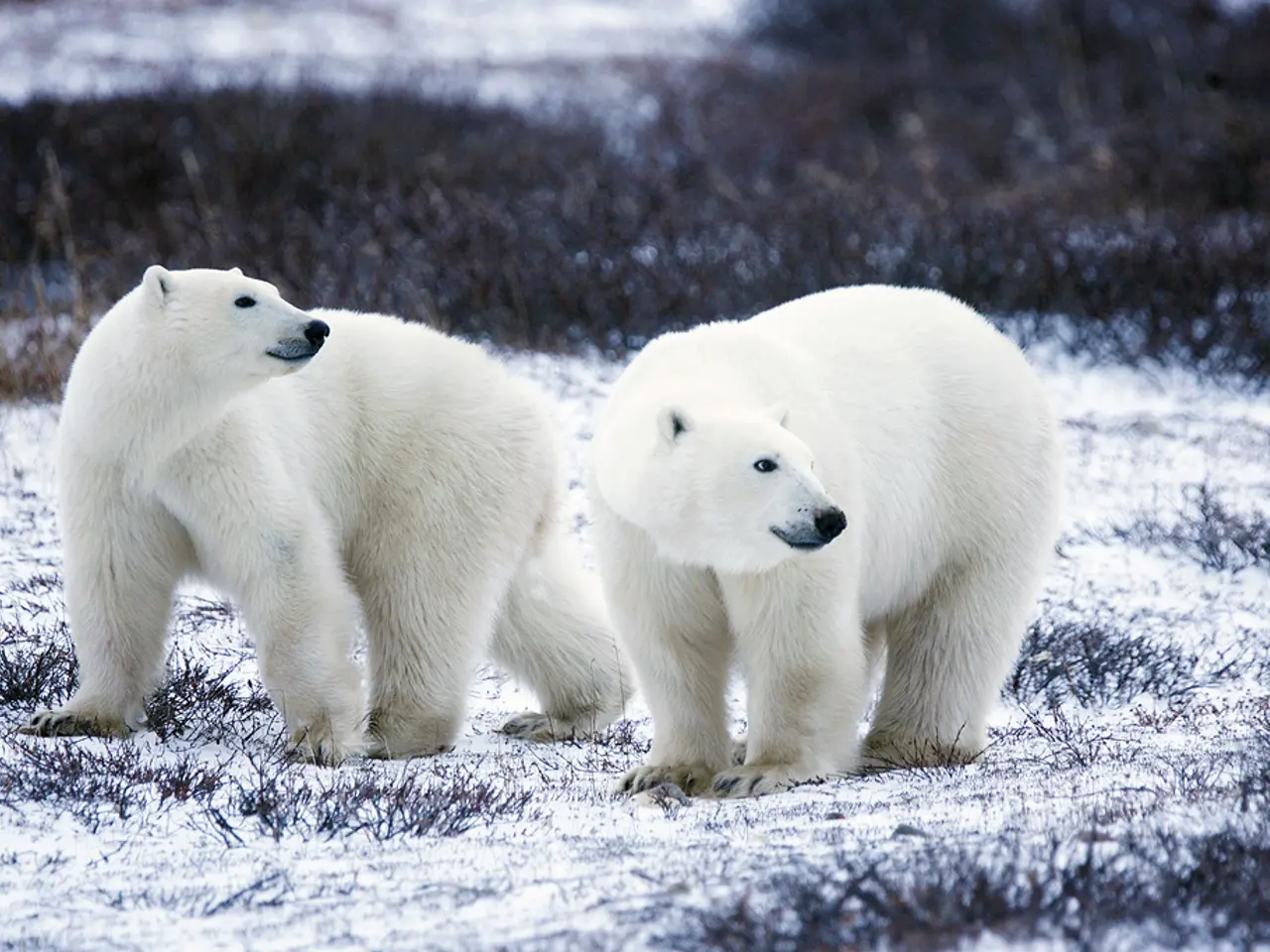Immigrants residing in Iceland amount to approximately 60,000 individuals.
In recent years, Iceland has witnessed a significant transformation, with its foreign-born population expanding rapidly since the early 2000s. This demographic shift, as reported by Statistics Iceland, has seen the percentage of people with a foreign background increase from 8% in 2012 to more than 25.2% in 2023.
The foreign-born demographics in Iceland are actively participating in the labour market. Iceland ranks second globally for the highest labour force participation rate among foreign-born citizens aged 15–64, with about 86% participation. Foreign-born workers are mainly employed in sectors such as tourism, fishing, construction, and healthcare, reflecting the country’s economic needs.
Since 2012, Iceland has seen a steady rise in its foreign-born population. The annual immigration rate has outpaced natural population growth in certain years, particularly post-2015. The majority of immigrants originate from other European countries, particularly Poland, Lithuania, and the Philippines. Smaller but growing numbers originate from Asia and the Middle East. Iceland’s labour market policies and community programs have helped integrate immigrant populations, as reflected in high employment rates.
The foreign-born population in Iceland is younger on average than the native Icelandic population, helping sustain the country’s labor force and address demographic aging. There is a relatively balanced gender distribution among immigrants, though some sectors have a higher proportion of female workers. Immigrants tend to cluster in urban areas, especially the Reykjavík capital region, where job opportunities and support networks are strongest.
The foreign-born population in Iceland can be categorised into three groups: First-Generation Immigrants, Second-Generation (Children of Immigrants), and Non-Immigrant Population with Foreign Background. First-Generation Immigrants, those born outside Iceland who have moved to the country since 2012, constitute the majority of the foreign background population. Second-Generation immigrants, children born in Iceland to immigrant parents, represent a growing segment. However, Iceland’s relatively recent immigration boom means the second-generation group is still proportionally small but increasing. Non-Immigrant Population with Foreign Background is less common, as Iceland has not historically had large diaspora communities who are native-born but retain foreign cultural ties. Most of the “foreign background” population is either first- or second-generation.
The number of second-generation immigrants in Iceland increased from 6,117 in 2021 to 6,575 on January 1, 2023. The number of people in Iceland with a foreign background, excluding immigrants, increased slightly from the previous year, now accounting for 7.2% of the population. The total number of immigrants, second-generation immigrants, and people with a foreign background in Iceland on January 1, 2023, is 74,750, comprising 25.2% of the population.
In conclusion, while Iceland’s foreign-born population has grown substantially since 2012, with high labour force participation and increasing diversity, detailed statistics on first-, second-, and non-immigrant populations with foreign backgrounds are limited in publicly available data. However, the trend is clear: immigrants are a vital and integrated part of Iceland’s society and economy, with the second-generation group expected to grow in coming years.
The foreign-born population in Iceland, an integral part of its society and economy, actively participates in general-news areas such as politics, given their significant influence on the labor market and community. As their numbers expand, with the second-generation immigrants increasing from 6,117 in 2021 to 6,575 on January 1, 2023, their political representation is gradually becoming more important in the general-news landscape of Iceland.






